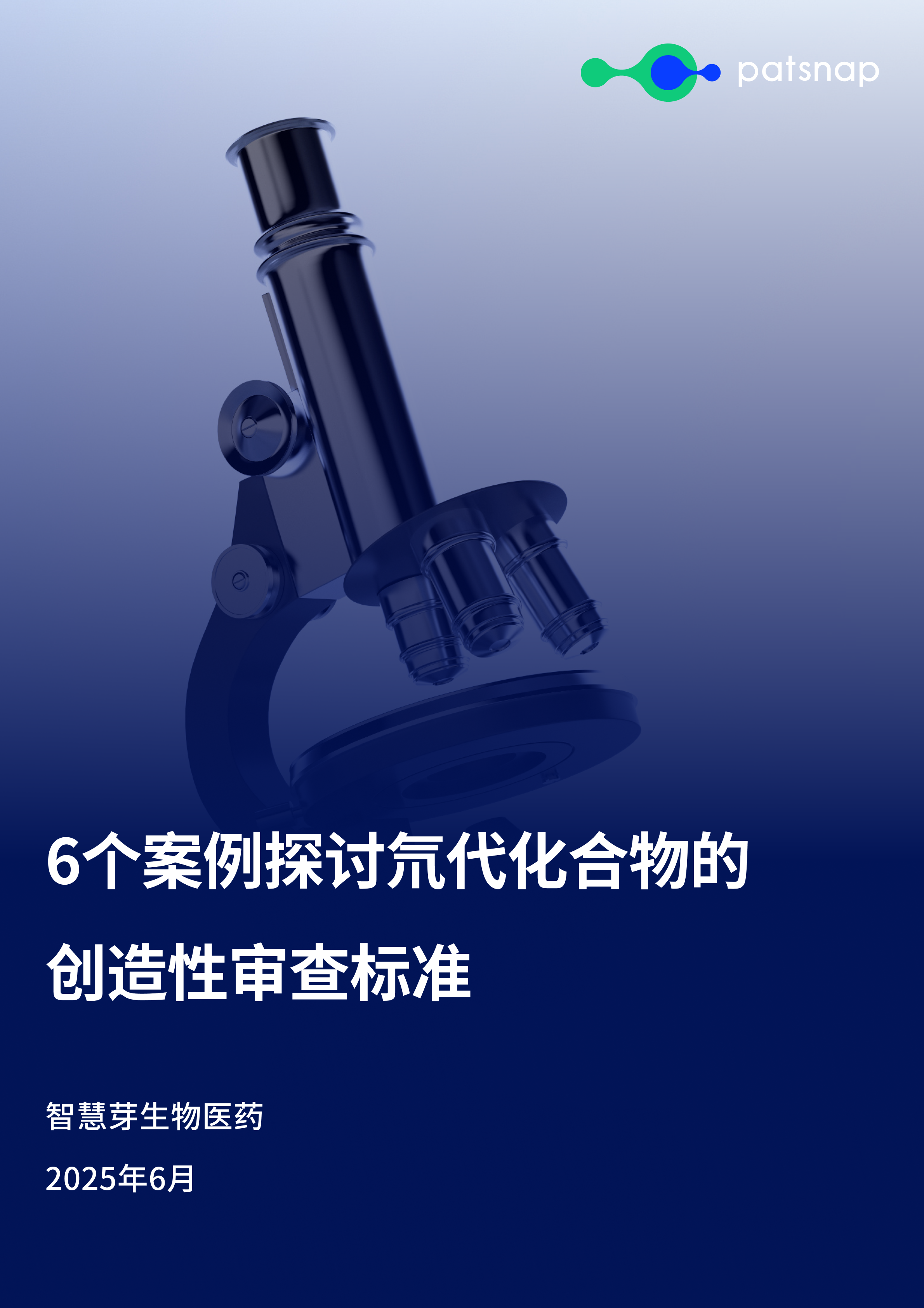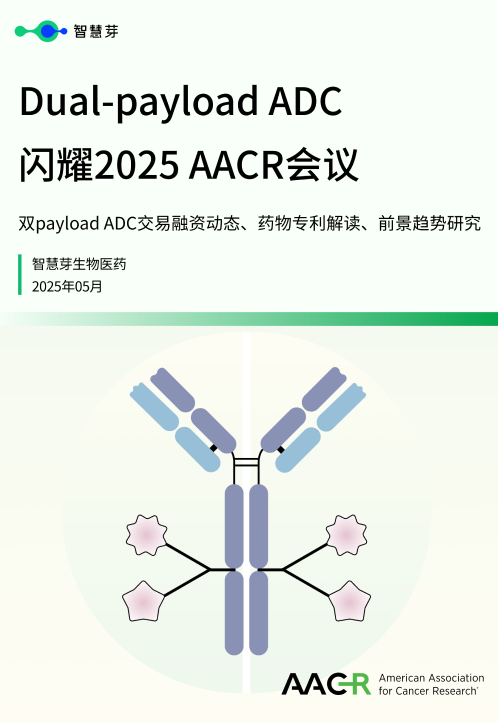预约演示
AstraZeneca expects 'modest profitability' for next round of Covid-19 vaccine supply deals — and prunes pipeline in Q3 update
2021-11-12
疫苗抗体并购
Having sent 1.5 billion Covid-19 vaccinesCovid-19 vaccines around the world on a not-for-profit basis, AstraZeneca says it’s time to move into “modest profitability.”
While the priority is to deliver all the “pandemic doses” — a total of 3 billion are set to be delivered by the end of the year — AstraZeneca expects to be taking new orders in Q4, leading to a blend in sales.
“Don’t expect massive profitability, which is sometimes the case for other vaccine makers,” Ruud Dobber, head of the biopharmaceuticals business unit, told
Endpoints News
.
Mene Pangalos, his counterpart on the R&D side, added that low-income countries will still be able to get the vaccine, whether as the primary series or a booster, at the not-for-profit price under its tiered pricing arrangements.
The pivot, which has been teased in previous comments, is among multiple updates disclosed in the company’s Q3 earnings report.
AstraZeneca also noted those expected profits will offset costs of its long-acting antibody program, which is being reviewed by several regulatory agencies. Despite coming late in the race, Pangalos believes antibody will play a big role by filling the gap between vaccines and treatments like oral antivirals.
“Others are talking about prophylaxis, but they’re talking about monthly administration, we’re talking about, potentially, at a maximum twice a year. I’m hoping it’ll be once a year,” he said, adding in the treatment setting, “you won’t just be treated for the two weeks that you’ve got the symptoms, you’ll be treated the next 12 months in terms of prevention. I know what I would take.”
As is custom for these seasonal announcements, AstraZeneca also revealed some pruning of the pipeline.
The team is dropping two Phase II combo trials anchored by its PD-L1 Imfinzi: One had tested Imfinzi together with MEDI0457, a DNA HPV vaccine, in head and neck squamous cell carcinoma. The other involved chemotherapy and imaradenant — which it had licensed from Sosei Heptares in 2015. Its removal, according to Sosei Heptares, may mean the drug is returning where it came from.
Finally, out goes verinurad, the URAT1 inhibitorURAT1 inhibitor that was being tested for chronic kidney disease and heart failure with a preserved ejection fraction, which Pangalos said just didn’t look as good as everything else in the pipeline.
“Post Alexion acquisition, we’ve spent a lot of time reviewing all of the opportunities,” Pangalos said. “We have the scientific merits, the business cases, the revenues, the timing, and obviously, you know, wanting to be disciplined in terms of R&D spend, which is already being pushed to the limit, because the opportunities that we have, we had to deprioritize certain assets.”
Here’s some of those programs they are prioritizing and ushering into Phase I and II:
更多内容,请访问原始网站
文中所述内容并不反映新药情报库及其所属公司任何意见及观点,如有版权侵扰或错误之处,请及时联系我们,我们会在24小时内配合处理。
药物
Eureka LS:
全新生物医药AI Agent 覆盖科研全链路,让突破性发现快人一步
立即开始免费试用!
智慧芽新药情报库是智慧芽专为生命科学人士构建的基于AI的创新药情报平台,助您全方位提升您的研发与决策效率。
立即开始数据试用!
智慧芽新药库数据也通过智慧芽数据服务平台,以API或者数据包形式对外开放,助您更加充分利用智慧芽新药情报信息。



